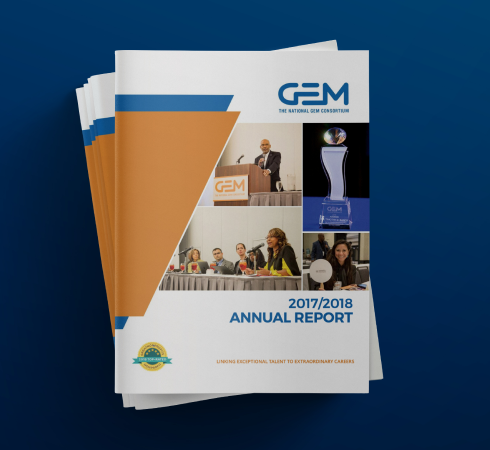

Founded in 1976 at the University of Notre Dame, we have operated quietly and steadily to graduate over 5,000 plus researchers, professors, entrepreneurs, inventors, and business leaders, including over 500 men and women with doctorates in the physical sciences, life sciences, and engineering.
The mission of The National GEM Consortium is to enhance the value of the nation’s human capital by increasing the participation of primarily underrepresented groups (African Americans, American Indians, and Hispanic Americans) at the master’s and doctoral levels in engineering and science.

GEM recruits high quality primarily underrepresented students looking to pursue Master’s and Doctoral degrees in applied science and engineering, and matches their specific skills to the specific technical needs of GEM employer members.




Over the past four decades, the organization, now known as The National GEM Consortium (GEM), has primarily helped thousands from ethnic groups historically underrepresented in the engineering, physical science, and life science disciplines overcome one of the most pervasive barriers to pursuing an advanced degree: identifying and securing funding for graduate education.

The GEM staff is small but passionate about their commitment to creating diverse scientific communities and empowering every individual to have the opportunity to achieve their fullest potential and make a difference.

Over the years GEM has made significant impact on supporting Under Represented Minorities in pursuing success both within and outside of STEM fields.

Throughout the year GEM hosts physical as well as virtual events designed to raise awareness and train individuals on the various ways that they can make scientific impact.

GEM offers various programs to support fellows and aspiring fellows. Get some insight into our program offerings.